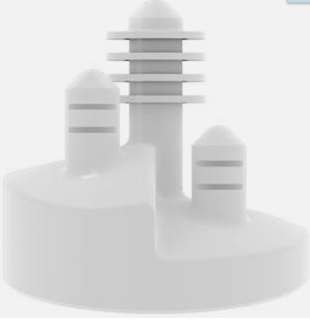Between May 2011 and January 2013, 22 shoulders in 19 patients (15 men and 4 women) underwent primary TSA by a single surgeon. In all cases, an all-polyethylene, posteriorly augmented, stepped glenoid component was implanted.
In these cases preoperative glenoid retroversion measured 15 degrees or greater (14 of these cases had retroversion of 25 degrees or less).
At a mean follow-up of 36 months, 12 shoulders had osseous integration between the central-peg flanges, 6 had bone adjacent to the central-peg flanges but without identifiable osseous integration, and 1 showed osteolysis.
While the overall clinical results showed improvement, two patients sustained a total of 3 episodes of humeral dislocation, one anterior and two posterior.
This report shows that achieving prosthetic balance with this prosthesis can be difficult, even in the hands of an experienced surgeon.
The indications for the use of the stepped prosthesis remain to be determined. Many of the shoulders in this series had relatively low amounts of preoperative retroversion that are in the range usually managed with conventional components and soft tissue balancing.
Should this implant fail, the bone defect would be greater than that present before the arthroplasty as diagrammed below.
===
Use the "Search" box to the right to find other topics of interest to you.
You may be interested in some of our most visited web pages including:shoulder arthritis, total shoulder, ream and run, reverse total shoulder, CTA arthroplasty, and rotator cuff surgery as well as the 'ream and run essentials'
You may be interested in some of our most visited web pages including:shoulder arthritis, total shoulder, ream and run, reverse total shoulder, CTA arthroplasty, and rotator cuff surgery as well as the 'ream and run essentials'





